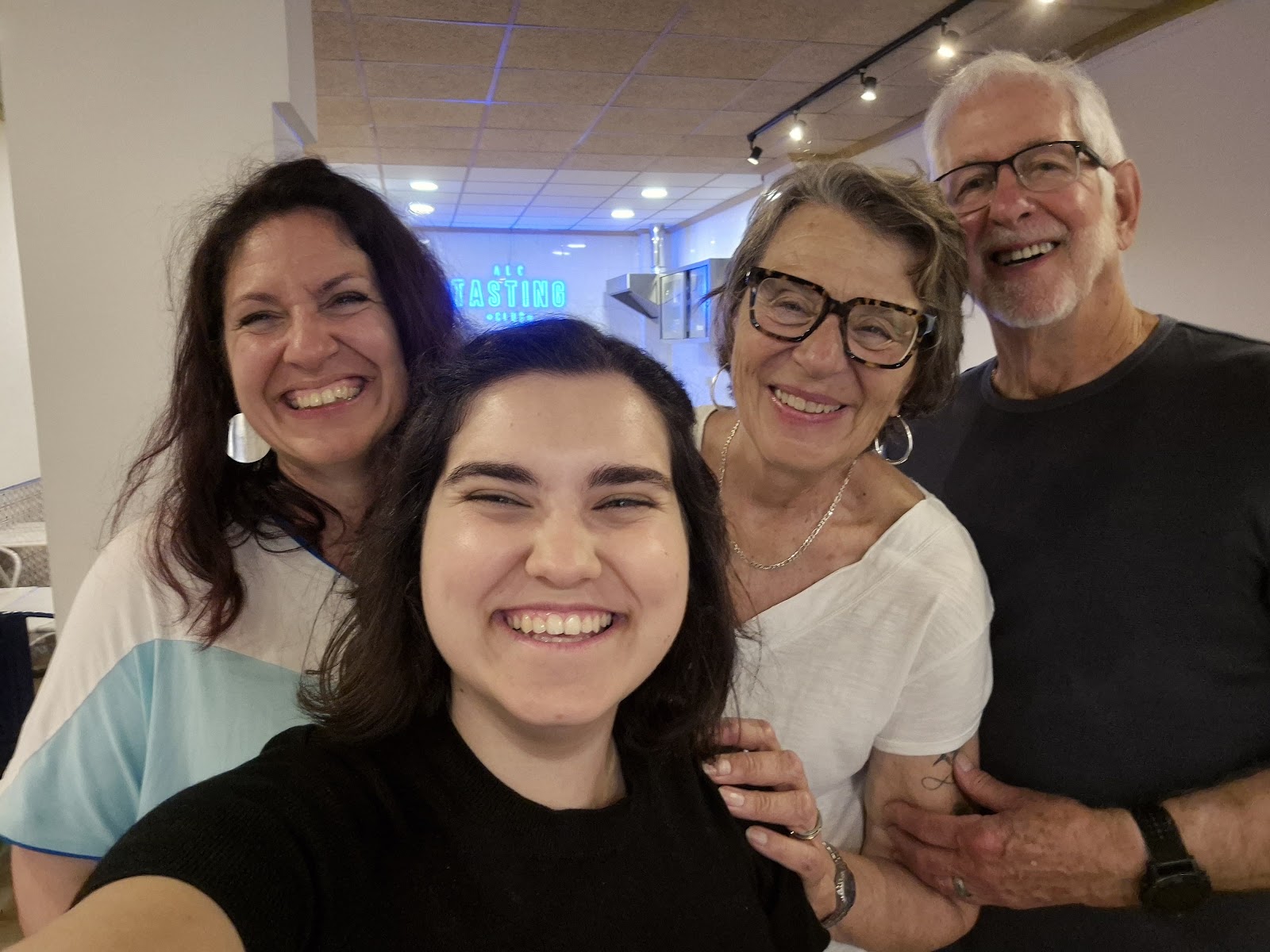Paella
Learn we must!
The word of the day is "learning!" May we never stop learning. May we be blessed with teachers who know their stuff. May we all have mentors to teach us what we need to know.
Paella is the classical Valencian Spanish dish. You see it everywhere here in southern and eastern Spain. In fact, in a grocery store we went into in Alicante, it was available in the ready-to-serve section of hot foods. It comes from Valencia and the original version is never cooked with seafood. Only chicken, rabbit, and/or vegetables. We wanted to learn more. So we took a cooking class in how to cook Paella!
We met at the local market. Every European town has one of these. That is an advantage of living in cities where each days meal is prepared with ingredients shopped locally that day. So you walk to the market and pick up what you are going to make for dinner and walk back and cook it. For things like seafood that you want only fresh, this is the only alternative.
Walking through the market, we selected fresh green beans, asparagus, red peppers (the mild ones like you get in any supermarket,) as well as chicken, tuna, langoustine, and squid.
We then proceeded to Alicante Tasting in a building a couple of blocks away where we found a three-station kitchen setup for cooking paella. .
We took our newly bought goodies and started the preparation. The squid was washed and cleaned. The tuna washed and dried. The vegetables were washed and cut to size. We were actually making three paellas. One was seafood, the second was a traditional with chicken and the third was a vegetable paella. We measured the rice at 270 grams.
At the same time, part of our group was preparing appetizers. There was cheese, olives, and sausage. There were also little appetizer called picante that were served on a stick and made up of a marinated olive, dill pickle, pickled onion, pickled red red pepper, and a small hot pepper. All on a skewer We found out later that you can buy these little delicacies in the market ready to go in Alicante.
- Paella is cooked at a medium-high temperature.
- Only use short-grain rice. Short grain rice is what is grown around Valencia.
- Don't stir the Paella. We found out that doing this caused the loose starches on the sides of the rice to turn the whole thing into 'mush'.
- Using the Paella cooker with two burners kept the entire pan hot, not just the center so there is no need to stir.
- Langostinos we're cooked rare and then finished cooking in the pan at the end.
- Meat or fish was cooked rare and also finished cooking in the paella
- Red peppers were sautéed and set aside and went on top of the vegetable paella while the asparagus was sautéed and then left in the pan to cook with the rice.
- As the meat of fish was done, a special seasoning called Salmoretta was used to provide all flavoring. There were no other seasonings used. It is somewhat like a tomato paste with peppers and has all the seasonings need.
- The Salmoretta was added to the hot pan and spread out with the meat of fish and then the rice was added. We did not brown the rice, but only stirred it to make sure that the rice was covered with the seasoning mix and then spread out to cover the entire bottom of the pan and at about the same thickness.
- We then added about a liter of fish stock or vegetable stock in the case of the vegetable paella. We added a little more at the end, but sad to say that we didn't get the full instructions on how to judge whether to add more or not. I guess if the dish is drying before the rice is cooked, then it needs more.
- Finally - 10 minutes to drink wine and enjoy the appetizers while the dish cooked. It was a sizzling mix.
This is the paella cooker warming up. The paella cooker is one of the key
components since it evenly heats the entire pan.
It is not true, that too many chefs in the kitchen spoil the broth. Also, the reason that this picture is tinted is that we got the phone too close to the cooking paella and the steam covered the lens. The results were amazing. Oh, and yes, one of the requirement for making Paella is white wine.
We couldn't end this post without telling you what a wonderful tour guide, chef, and mentor we had in Marina. She's the one in the front taking the pictures.
Also in this picture is a new friend we made, Patricia. She's the one on the left. Patricia is from Budapest and was there for a long weekend holiday. Needless to say, she and Susanne hit it off as soon as we made the connection and the Hungarian language started flowing freely. It's always great to hear it come back to Susanne.



















Comments
Post a Comment